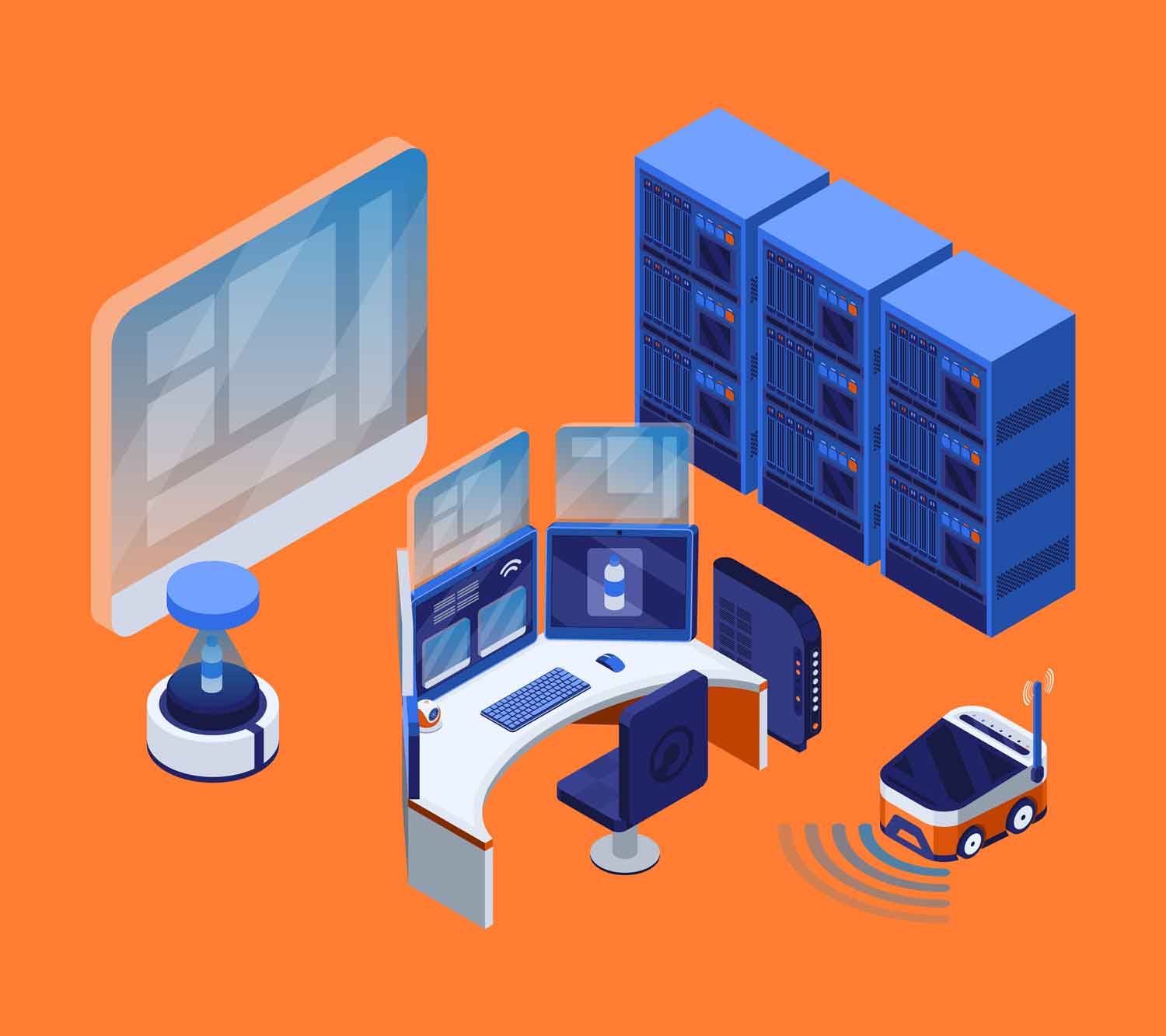Before getting started let’s familiarise ourselves with what exactly a software supply chain is, it’s the collection of all the different libraries, tools, frameworks, and components that are the condiments of the recipe of your software application. All software applications are foundational on numerous other pieces for their smooth operationality. These may be other open-source software, APIs, or other and all commercial software pieces that can affect your application in its SDLC. Read on further to see why is it so necessary to secure your software supply chain.
What Are Software Supply Chain Attacks?
Just like we learned that the supply chain for software includes all arbitrary, non-free software or closed-source software, deployment and infrastructural methods, UI (user interfaces) and protocols, as well as coding and developmental practices and tools, we can conclude that with such magnitude and diverse range of components there must be endless weaknesses or soft points which may make the system or application insecure or vulnerable.
Software supply chains are complex collections of components each with its own security issues. Some of them are listed below:
- OSS Dependencies
- Proprietary Code
- Container Images
- Infrastructure as Code
SCA tools (Software composition analysis tools) are one way of analyzing and managing such vulnerabilities. It assists the team in dealing with the security, quality, and complaisance consistence the risks that may be a part of the process. It also helps identify the vulnerabilities that come from the utilization of open-source and third-party code involved in our system/chain.
As SCA tools are integrated they are continuous and provide round-the-clock input and protection to the system. The development cycle is greatly aided as any defects can be discovered and fixed earlier on in the process this ensures increased security as well as efficiency in terms of time and cost-effectiveness, hence risk management becomes easier and more manageable in the current environments where the circumstances can change any minute. These tools help maintain the SBOM and a consistent inventory of the components of the application which will also ensure your customer’s trust in you.
Here Is An Example Of A Software Supply Chain Attack:
Cybersecurity is of great concern in the modern world you may find more information here. If your supply chain is engrossed in weak security practices, such as weak passwords being used to guard internal and crucial resources, a lot can be jeopardized if this password becomes compromised. In the case of applications such as Snapchat or Facebook, metadata is involved, which means billions of users and their infographics such as age, genders, locations and other activities can fall prey to malicious intent. More on how to protect your business data can be found here.
A recent occurrence of such an attack can be of a major IT firm in the US, SolarWinds, In their case, the perpetrators integrated malicious code into the system which allowed them to supervise and gain access to processes responsible for the operation of Orion. Orion updates were then deployed to thousands of customers, from which additional targets of malware were acquired and the scope of the attack hence broadened.
Rather than hacking into those singular clients, the hackers just compromised one entry point Orion system in the case of SolarWinds and let the supply chain linkages network deal with the rest, giving them admittance to the information and organizations of its clients. If the endpoints of the attack are to be measured in distance from the original entry point of the malware, we can see that it is of significant degrees making it an example of a supply chain attack in the modern-day. You may read more on this here.
How Can You Reduce Supply Chain Security Risks And How Will It Benefit You?
No Software Applications can ever be rid of their vulnerabilities completely but we can always work towards significantly reducing our expositions and weak points. Supply chain security risks can be brought down by the following practices being integrated into your SDLC :
- A keen assessment is carried out over all pieces of code that are being integrated, deployed, or consumed.
- Stricter parameters in data transfer methodology provide a safer and more hardened environment that restricts breaches.
- Continuous monitoring and testing for threats of all builds and code updates that are to be deployed.
- Use of test environments to observe build behavior or weaknesses before public roll out.
- Provision of SBOM to all entities that are using the application or any components within its supply chain.
- Best practices to be deployed amongst developers to insure a 360-degree safeguard for code.
- Perform architecture risk modeling alongside threat modeling to eradicate and decrease flaws in the application builds.
- Finding bugs by static, dynamic, and interactive application security testing.
- Use of SCA.
- Fuzz testing, which will depict your software behavior in case of malicious code being inserted into your system.
- Penetration testing, manually mimicking hackers to find grey areas or weaknesses in the product before its deployment,
Overall we can say the best security against this kind of attack begins with realizing your production pipeline and its components, inspecting the outsider parties that you are reliant on or examining programming parts for weaknesses, and having a well-thought-out plan of execution in place in case such an occurrence happens.
[sc name=”5411″][/sc]











